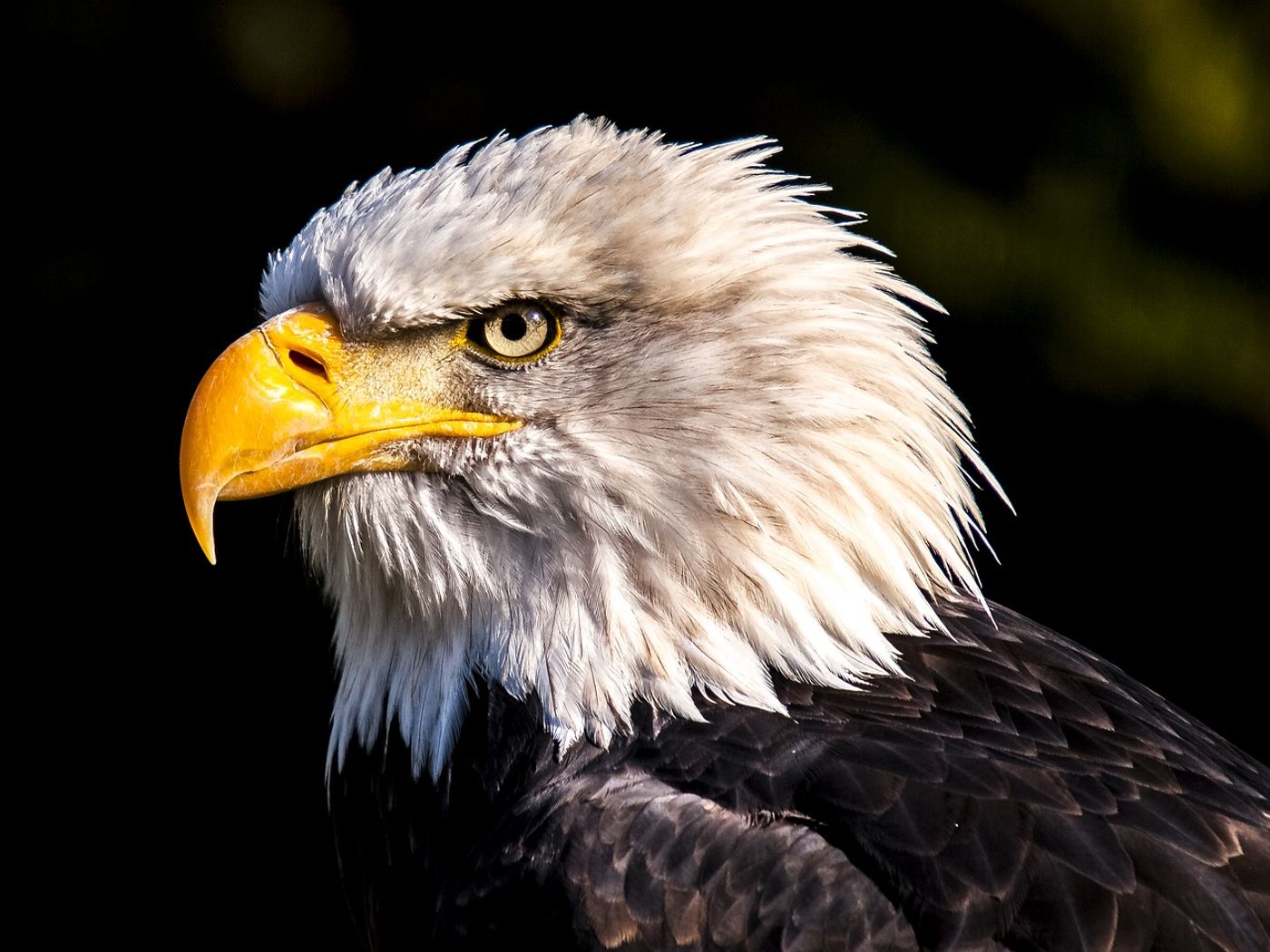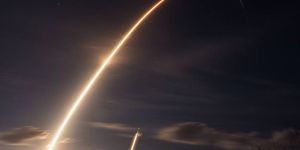Protecting Eagle Nests from Humans Assists Reproduction, Study Finds
Many animal conservation efforts involve preventing human interaction whenever possible, and a new study published in the Journal of Applied Ecology by researchers from the University of Wisconsin-Madison this week supports the effectiveness of these kinds of efforts.
To reach their conclusion, the researchers studied more than 40 years’ worth of bald eagle population data from Voyageurs National Park. These large birds seemed like the ideal guinea pig for this type of study because of various nest protection programs in place that are designed to keep people at a safe distance.
Image Credit: Pixabay
While perusing the data, they found that the number of breeding bald eagle pairs in Voyageurs increased from under 10 in the late 1970’s to more than 48 in 2016. As appealing as these increases seem at first glance, the researchers still wanted to prove that nest protection programs had something to do with it, so they dug deeper.
“There are very few studies of birds, mammals or reptiles that quantify the benefits to the population of protecting individuals or nests,” said Jennyffer Cruz, a post-doctoral researcher involved in the study.
“Nest protection is widely used for other raptors, including many hawks and falcons, to quarantine them from human disturbance, even from activities that we don't think would be all that disturbing, like camping, hiking or boating,” she continued. “But nobody has come along and asked, does protecting individual nests have a broader effect on the population?”
Related: Two bald eagles euthanized after being found with gunshot wounds
Voyageurs park staff first began nest protection efforts in 1991, so the researchers investigated what changed from 1991 to 2016 to capture a better idea about how they impacted bald eagle populations.
To eliminate potential biases that could throw the data out of whack, the researchers developed an algorithm to calculate population increases after nest protection efforts. They considered various factors that could impact numbers, such as predation, individual nesting sites, and overall population.
"We asked a series of questions," explained Ben Zuckerberg, an associate professor of wildlife ecology at the University of Wisconsin-Madison and one of the authors of the study.
"If the nest is occupied, what is the chance they will have young? If they do have young, what is the chance that they have more than one? How is that different in managed versus unmanaged nests? Given the level of management that happens year to year, how did the population grow and how would that compare to the situation in the absence of management?"
Related: Cameras capture bald eagles snacking on a cat
After taking all calculations into account, the researchers found that nest protection efforts helped boost bald eagle populations in Voyageurs by as much as 37%, while other undisclosed factors helped with the rest of the increases.
Zuckerberg concluded by saying that their population accounting methods should work across the board for other animal species regardless of how often human interaction occurs. He also notes just how vital long-term population data is for studies just like this one. Without accurate long-term data, however, reaching this conclusion might not have been possible.
Source: University of Wisconsin-Madison via EurekAlert









